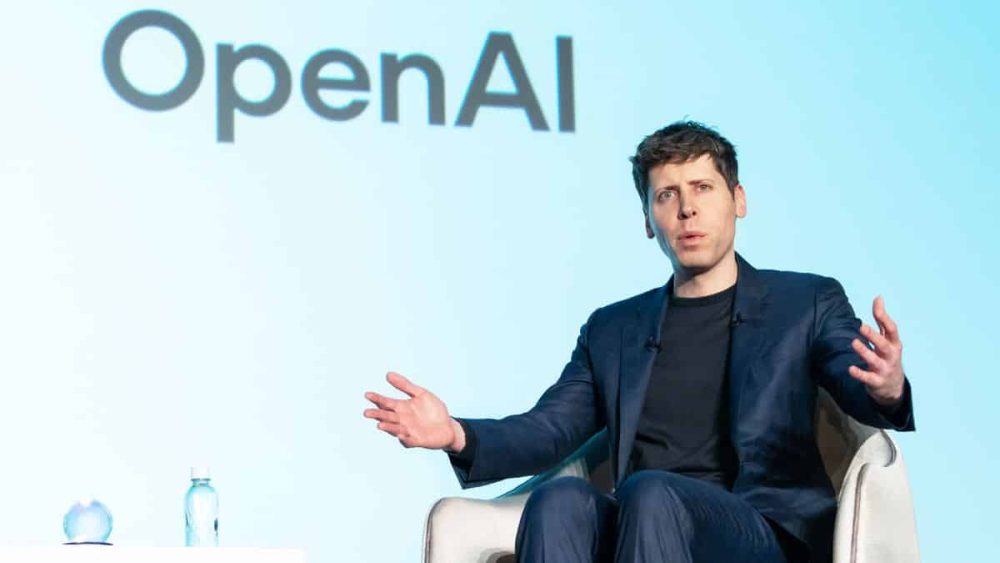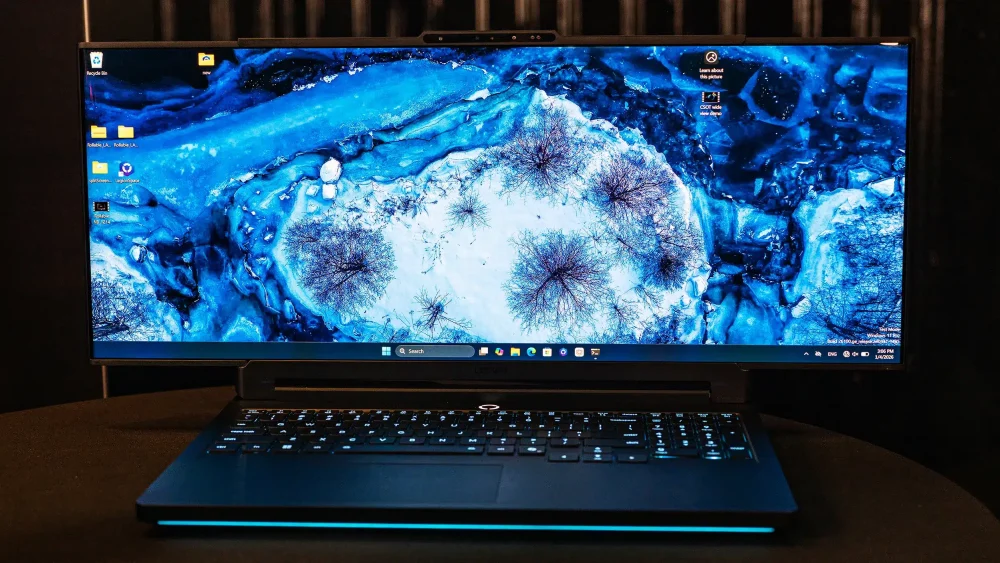AI is eating the world, and it’s getting expensive. OpenAI CEO Sam Altman, never one to think small, is now planning to acquire up to 100 million AI GPUs, a move that could consume more than $3 trillion, or about the entire GDP of France. For comparison, NVIDIA’s entire market cap hovers around that same figure, and even that can’t buy you everything when the entire world wants a piece of the AI pie.
If Altman’s vision ever becomes reality, and that’s still a big “if”, it could reshape global compute infrastructure, redefine data center priorities, and wipe out any remaining hope for gamers praying for an affordable GPU. The real question now is: Is there enough infrastructure, or silicon, to make this happen?
Altman’s GPU Gold Rush
Speaking at a private forum and echoed in reports from The Wall Street Journal and other outlets, Altman hinted at a jaw-dropping trajectory for OpenAI: by the end of this year alone, the company expects to bring “well over 1 million GPUs” online. And yet, even that’s apparently not enough.
To train the next generation of artificial general intelligence (AGI), a theoretical AI that thinks and learns like a human, OpenAI will require an entire continent’s worth of computing power, according to Altman. That means:
- 100 million AI chips
- A global network of new fabs (he’s floated building 36 semiconductor facilities)
- Data centers consume 75% of the UK’s total energy output
- And around $7 trillion in investment
Infrastructure: A Pipe Dream or Doable?
Altman might have the vision, but the logistics are another story. To even attempt this, OpenAI needs:
- Thousands of high-end data centers across the U.S. and partner nations
- Millions of AI-grade GPUs, most of which currently only NVIDIA can provide at scale
- Semiconductor fabrication plants, which take 3–5 years and billions to build
- A stable global supply chain for rare earths, advanced packaging, and ultra-pure silicon
- And perhaps most critically, electricity and water on a continental scale
Meanwhile, reports indicate that OpenAI is struggling to launch a small data center before the end of 2025, with its $500 billion “Stargate” project barely getting off the ground.
“Unnatural Things”: What The GPU Shortage Is Doing To OpenAI
In a surprisingly candid statement, Altman admitted that OpenAI has been forced to do “unnatural things” in recent months due to a GPU shortage. This includes:
- Throttling features in image generation tools like GPT-4o
- Borrowing compute capacity from partner organizations
- Delaying or limiting user access to certain services
In short, even the most prominent AI firm in the world is encountering hard physical limits.
And What About Gamers?
For the average consumer, especially PC gamers, the consequences of this AI chip war are already obvious.
High-end graphics cards, the same ones used for AI training, remain absurdly expensive, with no sign of prices dropping significantly. If tens of millions more chips are hoarded by OpenAI, Microsoft, Meta, and Google, the situation could get even worse.
And don’t forget: every time NVIDIA diverts a wafer toward an H100, GB200, or Blackwell-based AI monster, that’s one less RTX GPU for anyone else. The next-gen RTX 5090 might as well come with a loan officer.
The Bigger Picture: Monopoly in the Making?
This rush for AI compute isn’t just about Altman or OpenAI. It’s about who controls the future of intelligence, and who gets locked out.
- Microsoft is spending tens of billions on AI data centers, but OpenAI is outgrowing them.
- Meta wants to invest hundreds of billions into its own superintelligence labs.
- Amazon, Google, and xAI are all building GPU clusters as if there were no tomorrow.
And still, GPU demand far outpaces supply. This could lead to:
- Monopolistic behavior, with compute power concentrated in a handful of mega-firms
- National-level strategies, where AI access becomes a matter of security policy
- And yes, a complete restructuring of global tech ecosystems
Is This Even Sustainable?
There’s not enough fab capacity, infrastructure, or raw energy in place to support 100 million AI chips, not in 2025, not even by 2030, without extreme intervention.
To meet Altman’s targets, the world would need:
- A new TSMC-scale fab opening every few months
- National grid upgrades in multiple countries
- Radical innovations in cooling, chip design, and power management
The Future Of Compute Is A Political Question Now
Altman’s $3 trillion chip dream isn’t just a business plan. It’s a geopolitical act.
It asks:
- Who gets access to the world’s intelligence infrastructure?
- Who decides what models get built, and trained, and for whom?
- And who gets left behind when the AI super-race reaches its finish line?
Currently, gamers, small startups, and even sovereign nations may end up holding the short end of the stick. AI isn’t free. It’s built on rare minerals, human labor, huge power bills, and a global race for hardware that’s starting to feel more like an arms race than a market.


